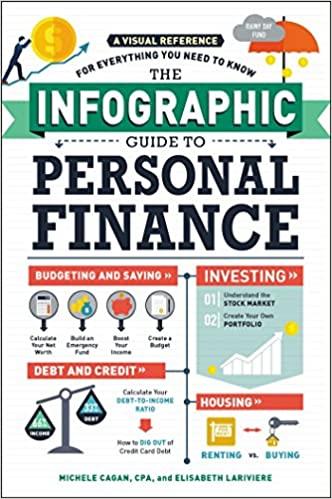please answer remaining ones

2,3,,n. hus, Spot Rates are real market price-implied (derived) Interest rates used to discount a security's cash flow [coupons nd/or face value] corresponding to the respective periods/maturity. 31. In our lecture notes, we learned how to derive Spot Rates using the method of Bootstrapping - starting with 1-year T-bill (with no coupons) to calculate its implied pure 1-year Spot Rate, and then deriving Spot Rates for successive longer and longer maturity Treasurys. The following is a set of Treasury auction results of various maturities. Assuming annual coupons. Aus PS auction metif pitees are quoted to Gedecimal placks. 1.Yr Spot Rate z1 PS: trasury coupans are quoted lo 3 decimal places. a) Find the YTM of the 1-yr T-Ball, You may use the boxes below to help in your calculation: Ir Since 1-yr T-Bill has no coupons, the calculated 1-year YTM =1-year Spot Rate uutput = 5.392093% 2-yr Spot Rate z2 thus, 1-yr Spot Rate z1=5.392093% b) Continuing the Bootstrapping process with a Treasury with the next longer maturity [2-year] that will have coupons, draw the timeline of cash flows and fill in their data: t: Then set up the NPV pricing of this Treasury in the space below: PAce of 2 yr T-ain (coupons and face discounted by comssponding Spot Rates] 99.862395= 4.7500 Use the space below to show work for solving the 2-yr Spot Rate z2: 3-yr Spot Rate z3 c) Bootstrapping is a self-reliant mathematical process: it uses previously calculated results to extend the calculations. Continuing the process with the next next longer maturity [3-year], draw the timeline of cash flows and fill in their data: Amilar to previous step, set up the NPV pricing of this Treasury in the space below: Anice of 3-yi T-Bill /coupons and face discounted by corresponding Spot Rates] Use the space below to show work for solving the 3-yr Spot Rate z3: z3= ? 2,3,,n. hus, Spot Rates are real market price-implied (derived) Interest rates used to discount a security's cash flow [coupons nd/or face value] corresponding to the respective periods/maturity. 31. In our lecture notes, we learned how to derive Spot Rates using the method of Bootstrapping - starting with 1-year T-bill (with no coupons) to calculate its implied pure 1-year Spot Rate, and then deriving Spot Rates for successive longer and longer maturity Treasurys. The following is a set of Treasury auction results of various maturities. Assuming annual coupons. Aus PS auction metif pitees are quoted to Gedecimal placks. 1.Yr Spot Rate z1 PS: trasury coupans are quoted lo 3 decimal places. a) Find the YTM of the 1-yr T-Ball, You may use the boxes below to help in your calculation: Ir Since 1-yr T-Bill has no coupons, the calculated 1-year YTM =1-year Spot Rate uutput = 5.392093% 2-yr Spot Rate z2 thus, 1-yr Spot Rate z1=5.392093% b) Continuing the Bootstrapping process with a Treasury with the next longer maturity [2-year] that will have coupons, draw the timeline of cash flows and fill in their data: t: Then set up the NPV pricing of this Treasury in the space below: PAce of 2 yr T-ain (coupons and face discounted by comssponding Spot Rates] 99.862395= 4.7500 Use the space below to show work for solving the 2-yr Spot Rate z2: 3-yr Spot Rate z3 c) Bootstrapping is a self-reliant mathematical process: it uses previously calculated results to extend the calculations. Continuing the process with the next next longer maturity [3-year], draw the timeline of cash flows and fill in their data: Amilar to previous step, set up the NPV pricing of this Treasury in the space below: Anice of 3-yi T-Bill /coupons and face discounted by corresponding Spot Rates] Use the space below to show work for solving the 3-yr Spot Rate z3: z3=









